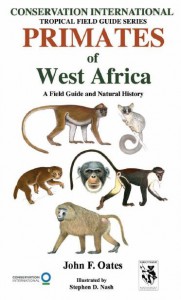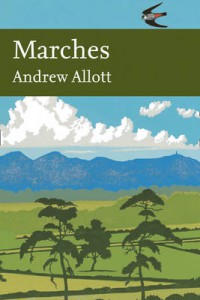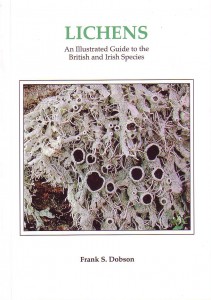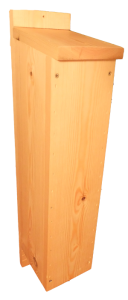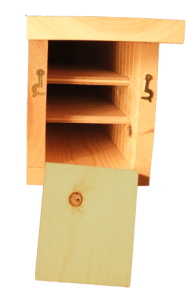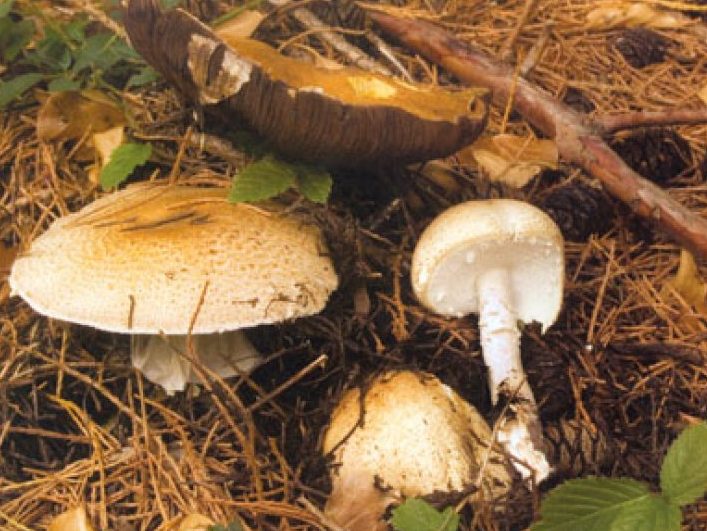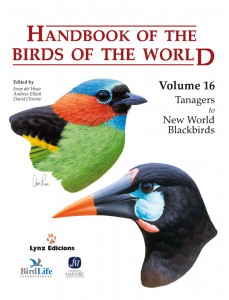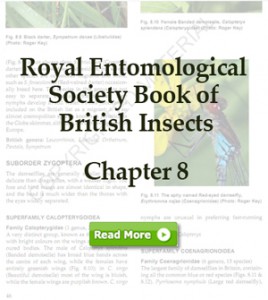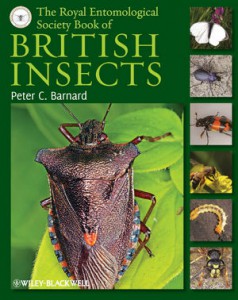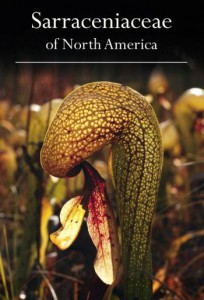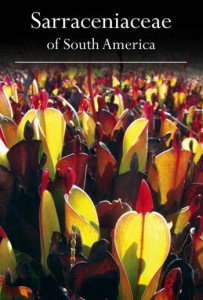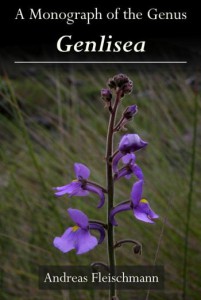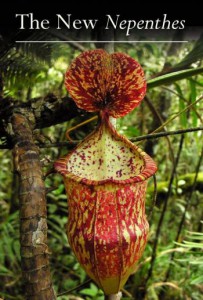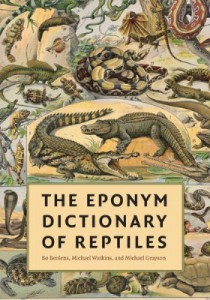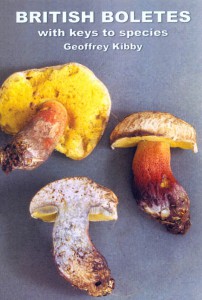 Geoffrey Kibby, senior editor of Field Mycology, and author of two recent best-selling photographic keys to fungi – British Boletes and The Genus Agaricus in Britain – talks about how childhood discovery in a woodland wonderland led to a life spent mushrooming…
Geoffrey Kibby, senior editor of Field Mycology, and author of two recent best-selling photographic keys to fungi – British Boletes and The Genus Agaricus in Britain – talks about how childhood discovery in a woodland wonderland led to a life spent mushrooming…
What first attracted you to the curious world of fungi, and what are your mycological credentials?
I have been mushrooming for over 45 years; as a boy of 13 I was convalescing from some surgery and was staying in a cottage very close to the Queen’s estates at Sandringham in Norfolk. Opposite the cottage was a large area of fenced-in woodland with “Private, property of HM the Queen” on a gate. Like any self-respecting schoolboy I completely ignored the sign and climbed over the fence and into what I can only describe as a wonderland. A damp, mossy conifer wood, dripping with lichens and ferns and with fungi everywhere. I still remember the first fungus I was ever consciously aware of, a beautiful, small and intensely violet toadstool (Laccaria amethystea) and I thought I had never seen anything so amazing, so magical. I soon purchased my first book, the Observer’s Book of Mushrooms, and quickly realised that I needed a bigger book! I have been collecting and writing about them ever since.
For most of that 45 years I have been a member of the British Mycological Society and for the last 12 years have been the Senior Editor of the journal Field Mycology which deals with all aspects of mycology (the study of fungi). For about six years I lived in the USA and was at one time the President of the New Jersey Mycological Association. I have published numerous books on fungi including general field guides as well as more specialist monographs.
Your recent publications on British Boletes and The Genus Agaricus in Britian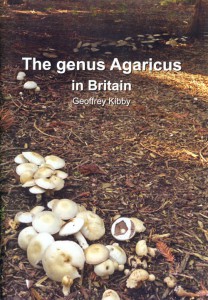 have become instant bestsellers. Who are they aimed at and what can the reader expect from them?
have become instant bestsellers. Who are they aimed at and what can the reader expect from them?
My specialist books are aimed at the enthusiastic amateur all the way up to the specialist – usually people who realise that the popular field guides are not sufficient to tackle some of the larger or more difficult groups of fungi. I have tried to make them more user-friendly than the traditional identification keys, often using a synoptic system whereby the reader only has to decide on 6 or 7 principal characters before attempting to key out the particular species. My keys include lots of illustrations to aid the reader in making these decisions. In some cases a microscope is required but the techniques needed are not that difficult and of course a microscope opens up a whole new world of wonderment in all areas of natural history, not just in mycology!
Generally, what part do fungi play in the world’s ecosystems?
Without fungi to digest and break down the decaying organic matter in our woods and fields the world would soon be swamped in enormous depths of fallen twigs, leaves and other debris. Most trees are dependent on fungi and form specialised symbiotic relationships with them, they cannot grow well without them and vice versa. Other fungi of course are parasitic and attack other organisms (including ourselves…) and many others have strange life cycles which we scarcely understand at all and this all adds to our fascination with them.
We’re in fungi season now – to what extent are there annual changes in the fungi ‘populations’ throughought the UK, and is there any way in which fungi acts as an indicator of wider environmental changes?
In recent years there have been enormous ‘invasions’ of new fungi and as the climate has changed we have seen corresponding changes in the way fungi behave and fruit. Our penchant for covering the world in woodchip mulch has paved the way for numerous exotic species to come into the country. Some species have spread to every British county, using this newly invented habitat, within 5 years of their first discovery, an amazing colonisation by any standard.
Increased annual temperatures are affecting the way in which fungi fruit; species which formerly fruited only in the autumn are now often fruiting twice a year in both spring and autumn. Others which were specialists in fruiting only in the spring, such as the common and deliciously edible morel have been appearing as late as November or even January!
Do you have a favourite mushroom?
Almost an impossible question to answer, but I certainly have favourite groups. The boletes have been a favourite since my childhood as they are for many other mycologists. Their large size and often bright, exotic colours are very appealing and they are relatively easy to identify also, hence my recent book on the subject. I also have a long time passion for the genus Russula, a sometimes very difficult group with around 170 species in Britain, often of very bright colours once again and very common everywhere. I am putting the finishing touches to my ‘magnum opus’ on that group as I write this.
Can you describe a particularly interesting species, or feature of a species of a mushroom found in the UK?
Many fungi form associations with other fungi, some of which we are still in the process of discovering. Many boletes for example, particularly in the genus Suillus form associations with a group of fungi called Gomphidius. Each species of bolete seems to latch onto a particular species of Gomphidius, very specific, and we don’t really know what is going on, although the best guess is that one partner is sort of hitching a ride on the other, tapping into its associate’s ability to obtain nutrient from the particular conifer with which it grows, without having to do the work itself.
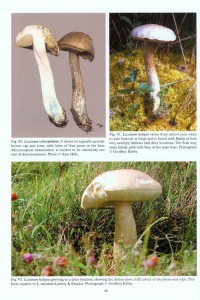 There is some great photography in the keys – I guess a mushroom is a perfect still subject for the nature photographer – is photography a hobby of yours that has grown from your work?
There is some great photography in the keys – I guess a mushroom is a perfect still subject for the nature photographer – is photography a hobby of yours that has grown from your work?
I have been photographing for as long as I can remember and using fungi as subjects was a natural extension of this. I now teach digital photography and the use of Photoshop to enhance and edit photographs as part of adult education courses at local colleges. Fungi are ideal subjects since they don’t run away or even sway in the breeze as wild flowers do, and of course their strange shapes and colours are wonderful subjects to try and capture.
I went mushroom hunting recently and always ended up way off a positive identification. Given the dangers of mistaken-identity, what advice would you give the amateur fungi hunter?
Start small: learn to recognise the basic groups where possible, that is half the battle. Go on as many guided mushroom walks as possible and learn from experts in the field – there is no substitute for that. Field guides can only take you so far and cannot show you all the many variations that fungi are capable of. My favourite saying is that “mushrooms don’t read the books!” Meaning that they don’t always conform in size and appearance to the illustrations in the book, they vary enormously as they age. Get as many books as you can afford, each will offer some extra information and pictures that another might lack. Finally, never, ever eat a fungus you are not confident of. All mushrooms can be eaten once but sometimes not twice……the history of mushrooming is filled with people who have eaten and become very sick or even died from making an error in identification.
On which cautionary note…
Geoffrey Kibby’s keys are available now from NHBS:
British Boletes: With Keys to Species
The Genus Agaricus in Britain
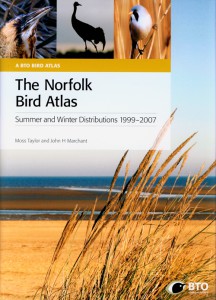 “This handsome volume is the successor to Kelly’s The Norfolk Bird Atlas (1986). The famous county has 1459 tetrads, and this new work is a triumph of organization, including as it does the contributions of over 400 observers, the number and quality of whom few counties could hope to equal. Illustrations are lavish, although the lovely photographs, mostly by David Tipling, sometimes overwhelm the maps and drawings. Indeed, the last, which can be useful for providing landscape background, can seem redundant.
“This handsome volume is the successor to Kelly’s The Norfolk Bird Atlas (1986). The famous county has 1459 tetrads, and this new work is a triumph of organization, including as it does the contributions of over 400 observers, the number and quality of whom few counties could hope to equal. Illustrations are lavish, although the lovely photographs, mostly by David Tipling, sometimes overwhelm the maps and drawings. Indeed, the last, which can be useful for providing landscape background, can seem redundant.
